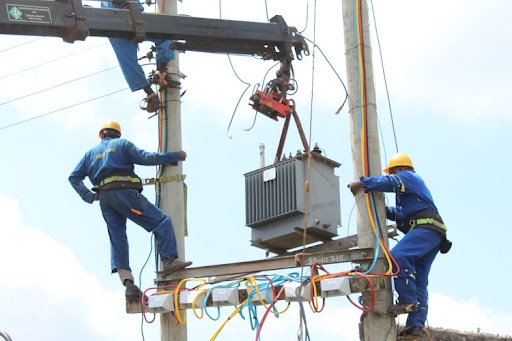Thika administration will soon start removing and properly disposing asbestos in public schools within Thika subcounty, MP Patrick Wainaina has said.
The MP said his office will engage the National Environment Management Authority and other relevant authorities to lay down a proper procedure of removing and disposing the asbestos.
Speaking at Kamenu Primary while inspecting the ongoing overhaul of the school on Saturday, Wainaina said water harvesting in some schools within the constituency has been stopped due to presence of the asbestos, which was banned worldwide by the World Health Organization over health matters.
“We initiated a water harvesting programme in schools to address water shortage and ensure schools have sufficient clean water for hygiene purposes. But the programme is facing hurdles in some schools where there are asbestos roofs,” Wainaina said.
The water harvesting programme has already kicked off in schools within the semi-arid parts of Thika East where water scarcity has been a thorn in the flesh for residents for decades. The NGCDF has already distributed some 16 10-litre water tanks to schools in the region with the process of procuring more ongoing.
Wainaina said asbestos poses a health peril to pupils, students, teachers and non-teaching staff and should thus be removed and properly disposed.
“Once they are removed, the CDF is ready to replace the roofing of the classrooms so that we can give our children a safe and clean environment to study from,” the MP said.
Asbestos contains components that cause different cancer illnesses including stomach, intestine and lung.
They are supposed to be disposed in a proper way to avoid contamination of the environment. Burying them in cemented trenches is recommended by WHO as a proper way of disposing them.
Edited by R.Wamochie










